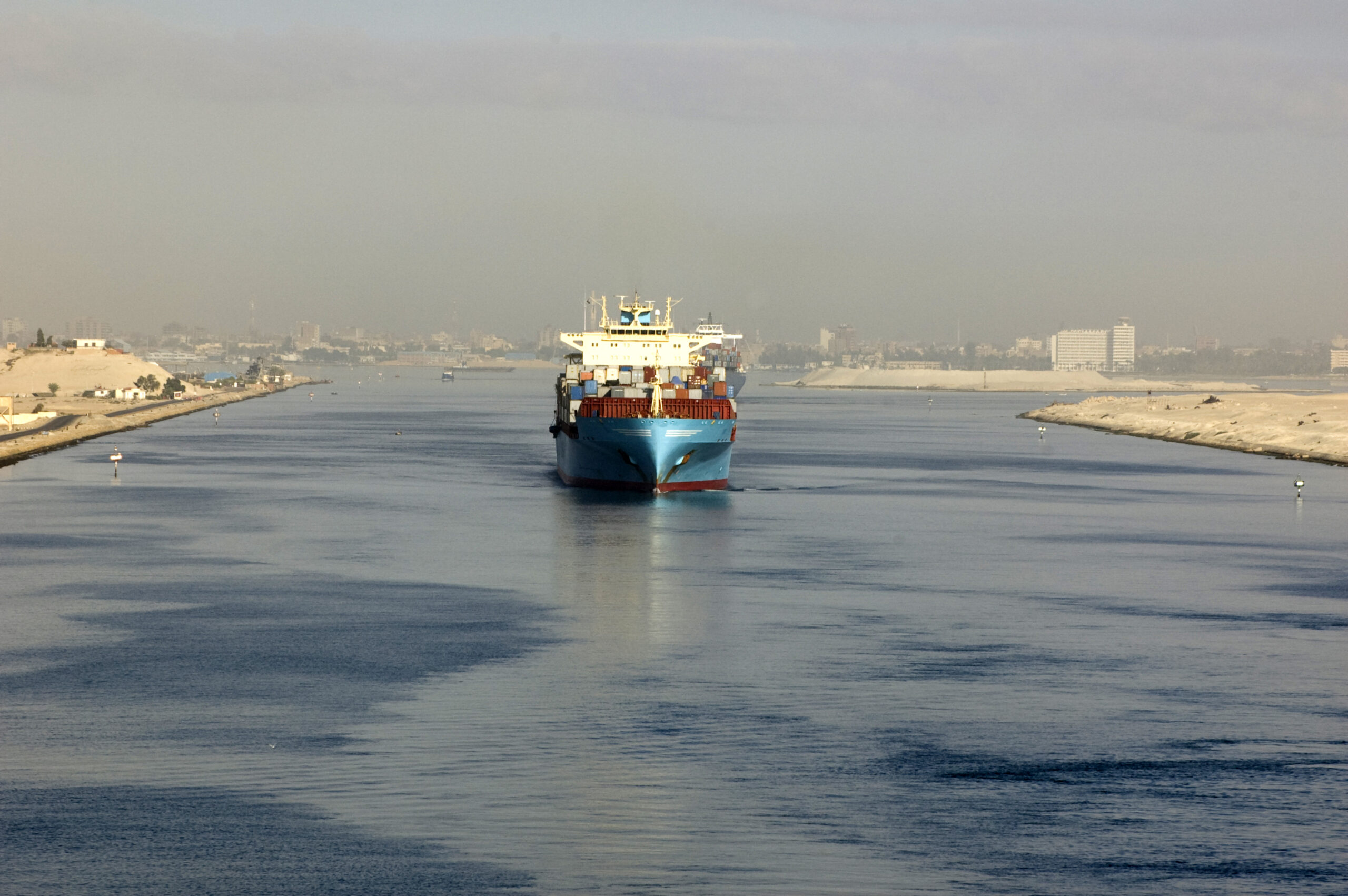A ceasefire deal has been reached between Israel and Hamas which will halt months of fighting. The ceasefire brings hope in the shipping industry over the prospect of ocean container ships returning to the Red Sea, but maritime analysts are warning that the return of container ships to the Red Sea will bring chaos and collapsing freight rates. The implications from the return of ships to the Red Sea are at the forefront of the discussions.
“There will be severe disruption in the immediate period following a return of ships to the Red Sea. Ships will not be where they are supposed to be and will arrive at ports much earlier or later than scheduled. If large numbers of ships arrive at ports at the same time, it will cause massive delays and congestion that ripple across ocean supply chains,” says Peter Sand chief analyst Xeneta, the ocean freight rate intelligence platform.
When conflict in the Red Sea escalated in December 2023, there was disruption in the immediate aftermath. However, it was more than six months later when the real force of congestion hit and sent spot rates spiralling.
Furthermore, a large-scale return to the Red Sea would mean global average sailing distances drop to pre-crisis levels. In turn, this would see a drop in global TEU-mile demand, which factors the distance each container is transported as well as the number moved.
“Even with a forecasted 3% growth in global volumes in 2025, TEU-mile demand could be down 11% from 2024 if there is a largescale return to Red Sea. Combined with record deliveries of new ships, the market will be flooded with capacity, with carriers needing to remove around 1.8m TEU to retain the status quo. Scrapping of ships will increase and carriers have got much better at capacity management in recent years, but it is unlikely this will be enough to prevent freight rates from collapsing,” the chief analyst says.
An agreement to pause fighting does not necessarily mean a large-scale return of container ships to the Red Sea. While a ceasefire is a significant step forward, there is still a long way to go before a real peace deal is reached.
“Do not expect container lines to immediately return to Suez Canal transits after the Houthis say they will stop attacks on shipping,” states Drewry in its latest analysis.
“An immediate large-scale return is highly unlikely,” mentions from his side Peter Sand. “Diversions around the Cape of Good Hope are not what the industry wants, but the situation is stable and being managed. It took many months and extreme disruption to achieve this stability so carriers will be wary of heading back to the Red Sea too soon. If it goes wrong, they’re back to square one.”
Carriers are ready to make the change when the time is right, but it will be done in a phased way.
“Carriers will start by sending ships with a capacity below 10,000 TEU (20ft equivalent container) through the Red Sea. Once this is done, they will gradually increase the size of vessels transiting the region before finally the very large 18,000-24,000 TEU containerships. The complexity of ocean container shipping networks means it could take 1-2 months for schedules to transition to ‘normal’ operating conditions through the Red Sea,” Sand added.
Meanwhile, If the Red Sea does reopen, shippers will have a big task on their hands adjusting supply chains to new transit times. Do they also want to be spending time and energy renegotiating contracts with carriers who will not be in any rush to do so? wonders Peter Sand.
Houthis said last week that they will “continue monitoring the developments after the ceasefire agreement,” and they will be “ready to support” if the agreement is breached by Israel.
The Houthis have attacked numerous ships and escalated their attacks throughout the war. They launched missile and drone attacks on Israel over the past months.
On the other hand, Israel launched recently air strikes targeting Houthi military targets in Yemen, including ports and energy infrastructure in Sana’a.
A shipowner said recently that it is a “bit naive to believe” that the owners will put their seafarers at risk, passing the Red Sea “anytime soon.”



